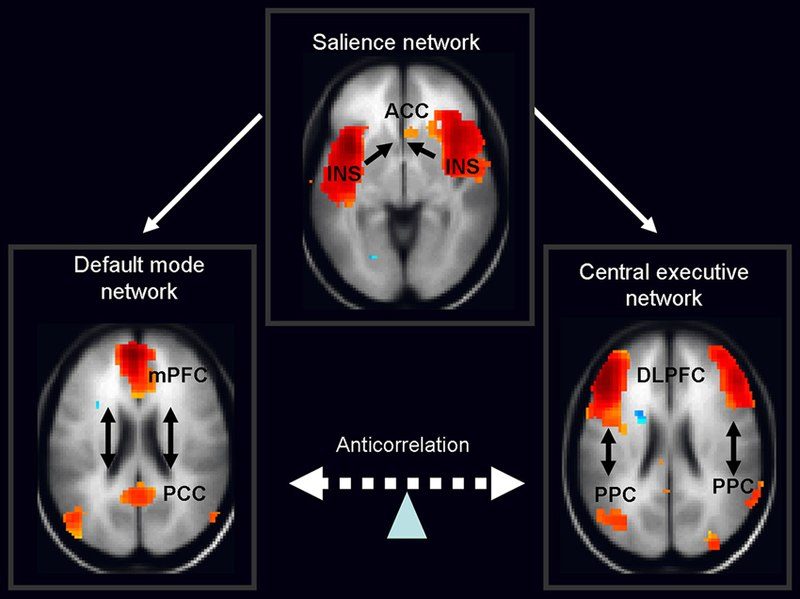Originally Posted on The Coaching Tools Company as The Neuroscience of Distraction Plus 2 Strategies to Find Focus | by Dr. Irena O'Brien

As coaches, we’re always looking for practical ways to help our clients create change. And every day neuroscientists learn more about how people break bad habits and achieve their most important goals.
In this article we look at why we get distracted and identify two strategies from brain science to help your clients be more focused at work.
Why is focusing on a task sometimes so hard?
The truth is, our brains are attracted to novelty: we love ‘shiny objects’.
Attraction to novelty is a feature of our brains. This is because it has a survival benefit: it can spell danger. So when you’re out walking in the woods you immediately notice moving things—because it could be a bear. Or when crossing the street, you instantly notice a car that’s driving too fast and unlikely to stop. But when we need to focus, this can work against us.
Shiny objects can come in the form of notifications of new emails, social media updates, a new text message etc.
A shiny object can also be our own irrelevant thoughts. We can shut off notifications to avoid the distracting pings, but when we need to accomplish a task and sustain our attention we need to inhibit our irrelevant thoughts. And then, when our minds get caught by those irrelevant thoughts, we need to detach from them and bring our attention back to the task.
Understanding Salience
So how does our brain choose what to pay conscious attention to? Through something called salience: a salient stimulus is one that stands out from the others, like the ping that you have a new text message, or that irrelevant thought that pops up as you’re working on a task.
I have to admit that I, too, get caught by irrelevant thoughts. Once, when working, I remembered I wanted to make choux pastries on the weekend. So what did I do? I went to search for recipes on the internet! Right in the middle of my work my attention had been caught by an irrelevant thought.
The truth is, we’re all continuously faced with the challenge of prioritizing what catches our attention and what to deliberately attend to. It’s just the way our brains work.
But there is a way to make focusing on a task easier than using the brute force of willpower.
The 3 key brain “networks” that manage our focus
The brain has many networks, but the three that are important here are the Default Mode Network (DMN), the Central Executive Network (CEN), and the Salience Network (SN).

The 3 Key Brain Networks for Focusing
When we use each network
- The Default Mode Network (DMN) is active when we’re at rest, or when we’re in our own internal thoughts.
- And the Central Executive Network (CEN) is where we get our work done.
But importantly, we can’t be in both of these Networks (the DMN and CEN) at the same time.
We can only be in one network—or the other. This is what Anticorrelation means.
And this means that you can’t be attending to your internal thoughts and accomplish a task at the same time.
The Salience Network has a very important role
It’s the Salience Network that determines which of the two networks is active at any one time.
And we just saw that salience can be reactive—when something catches our attention.
We need to get into our Central Executive Network
If you work on trying to get motivated or changing your mindset before you start, you are keeping yourself in the Default Mode Network (DMN). And it’s impossible to get work accomplished in that network.
But waiting until you feel motivated is counter-productive as that also keeps you in the Default Mode Network (DMN).
Instead we need strategies to get us out of our Default Mode Network (DMN) and into our Central Executive Network (CEN).
Here are 2 quick strategies to get focused—and into our Central Executive Network
Strategy 1: Simply look around the room at items around you, without judgement.
The easiest way to take your mind out of the Default Mode Network (DMN) and into the Central Executive Network (CEN) is by simply taking a deep breath and looking around at the items around you—without judgement.
You can do this whenever you notice you—or your client—is distracted.
We did this in our webinar together, and many of you said it was extremely calming. Why not try it now? Look around. Bring yourself into the present moment. Just notice (without judgement) the things around you. You could also look out of the window.
TIP: You may need to do this multiple times a day. I know I do.
Strategy 2: Start your day by choosing something to do that is quick and easy to complete.
A second strategy is to start your workday with something small and simple, that’s still important, that you can easily accomplish.
This should be something relevant and important, yet small and simple enough that you can experience success on the first task—and get into your Central Executive Network (CEN). This creates a positive Progress Loop.
Wrap-up
These two ideas are extremely practical brain-based neuroscience strategy that you can start using with your clients, and yourself, right away.
Comment below and let me know how you got on!
If you liked this article on focus and brain neuroscience, you may also like:
- Irena’s Webinar with 10 Tips on How to Use Neuroscience to Help Clients Change their Habits, Focus & their Lives
- Be Kind to Yourself and Get More Done with Radical Focus! | By Ruby McGuire
- 5 Surprisingly Easy Tips To Get Focused & Be More Productive (GRAPHIC)






